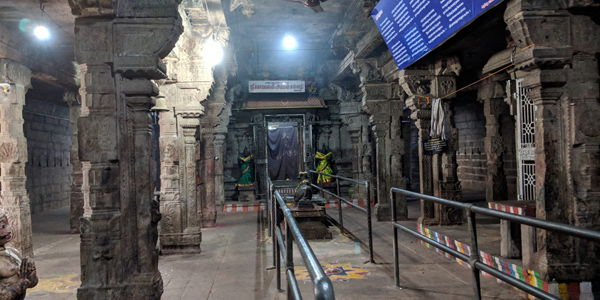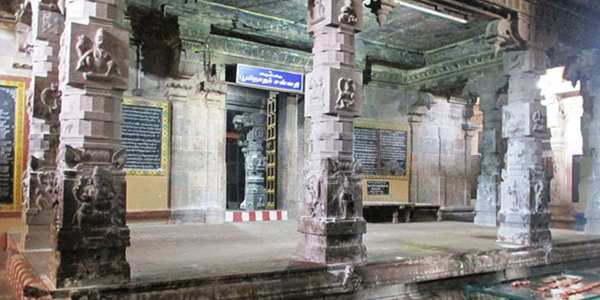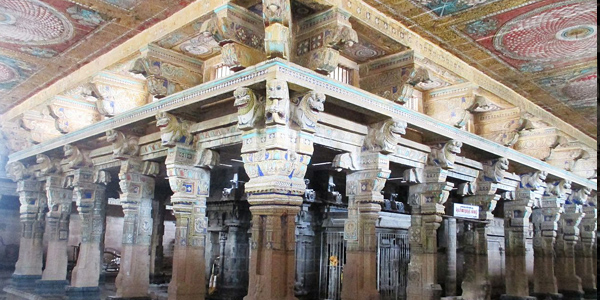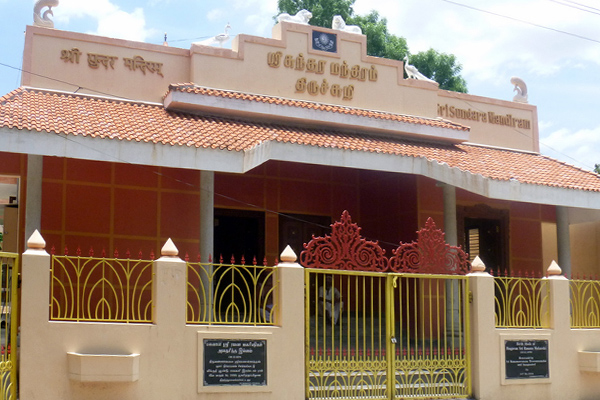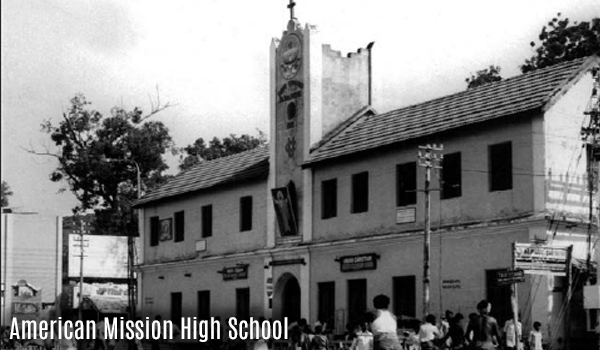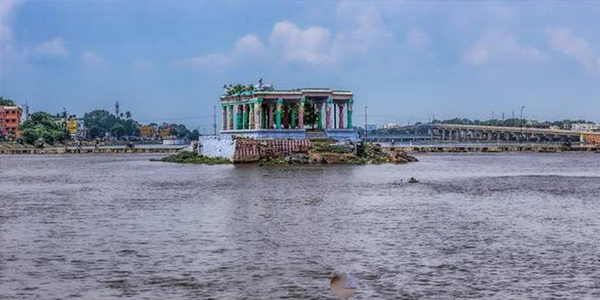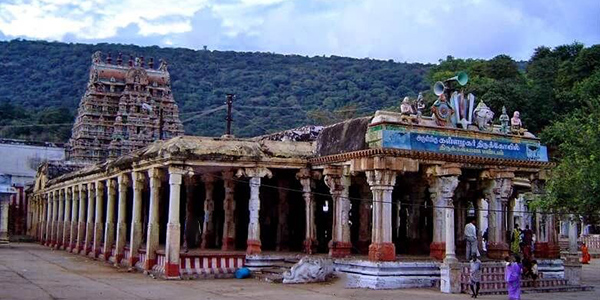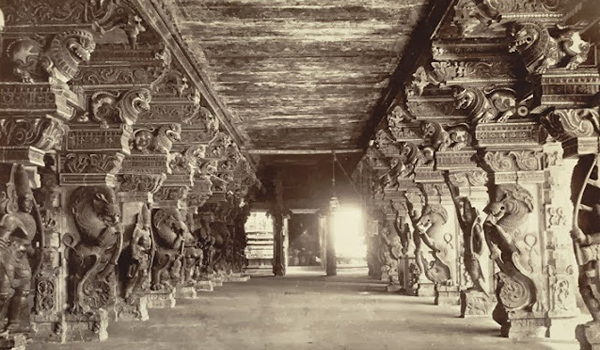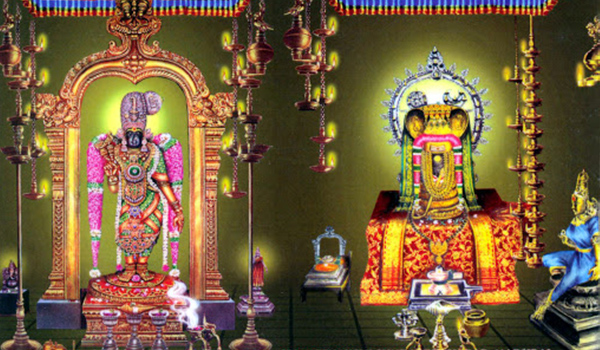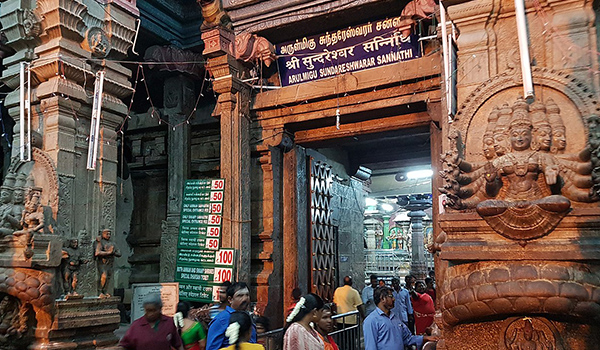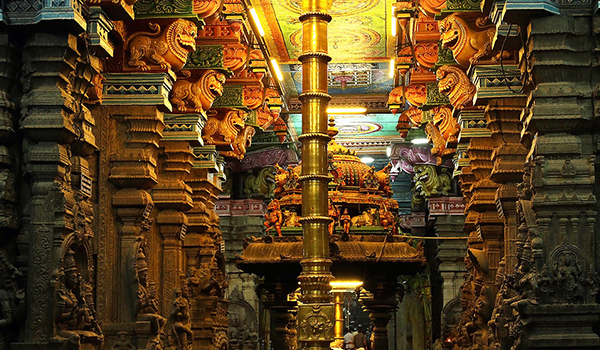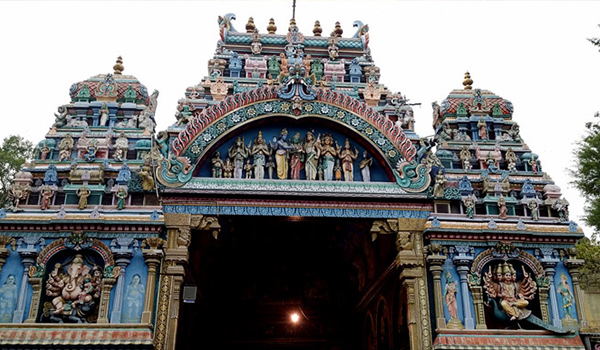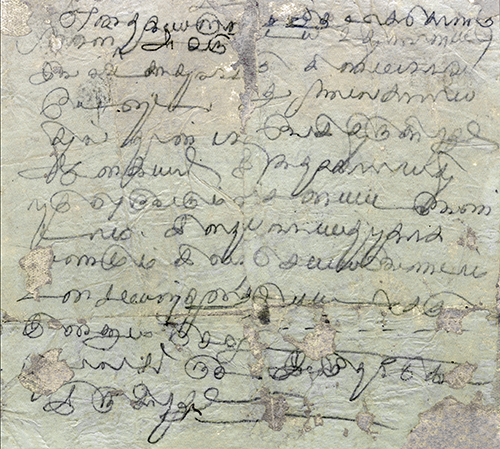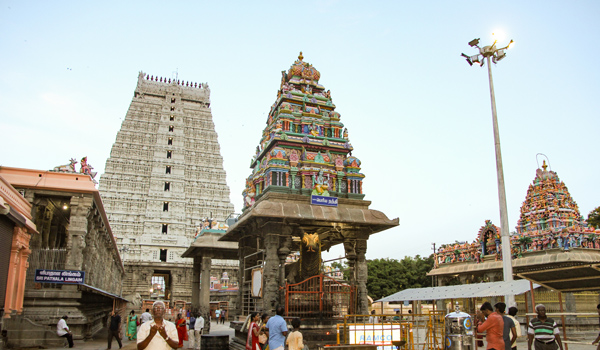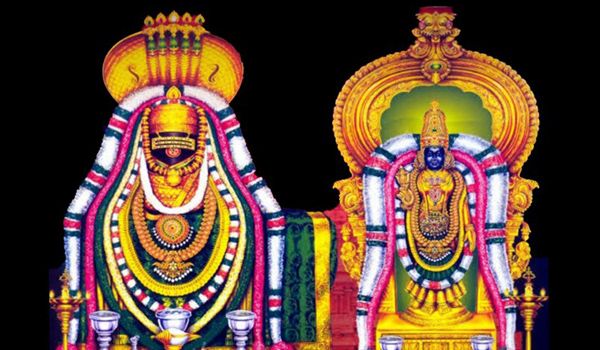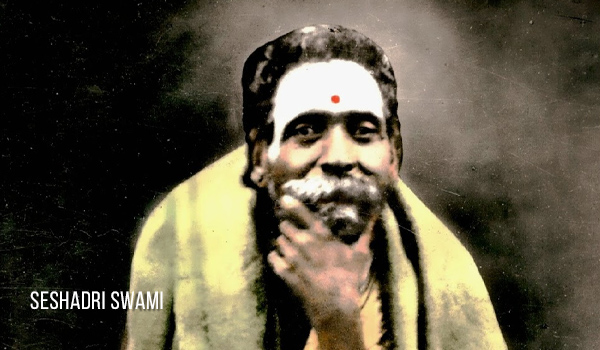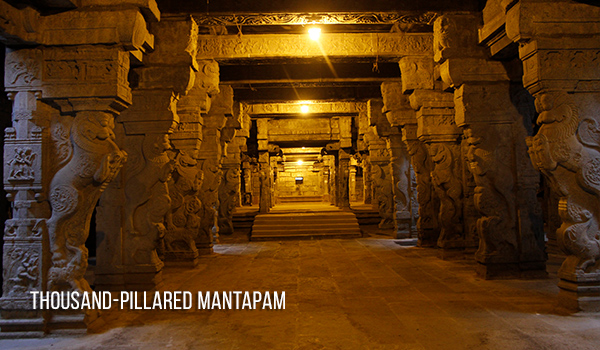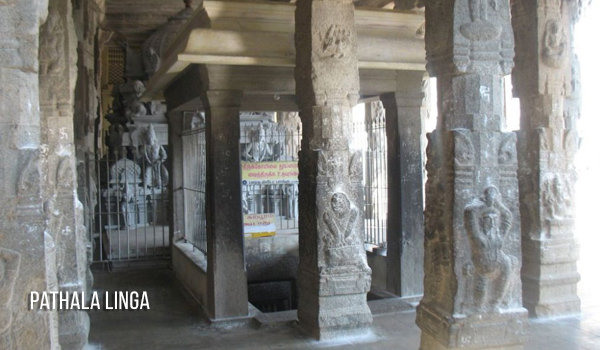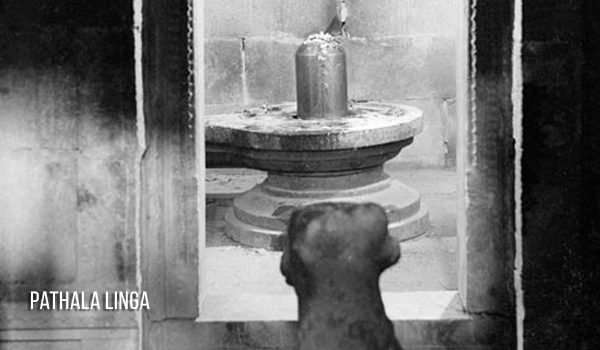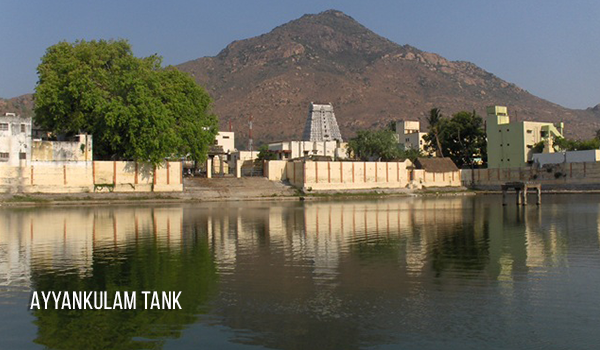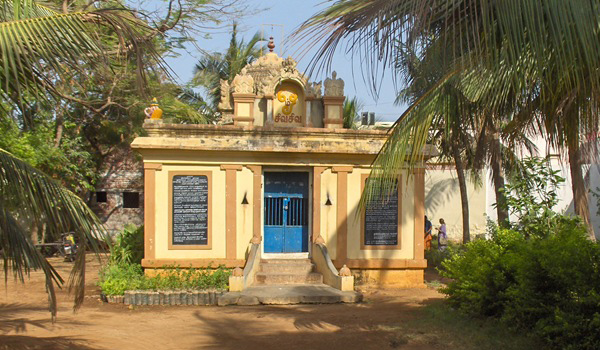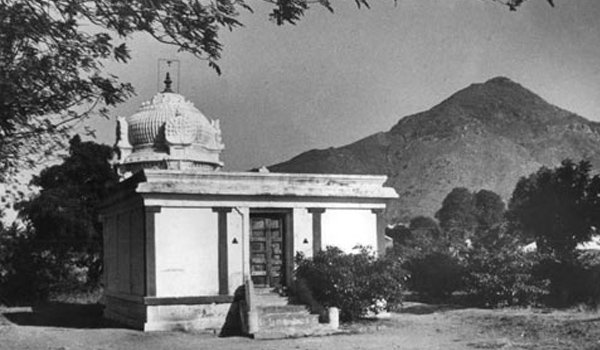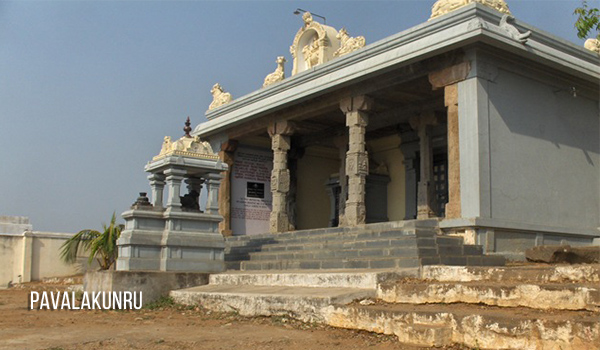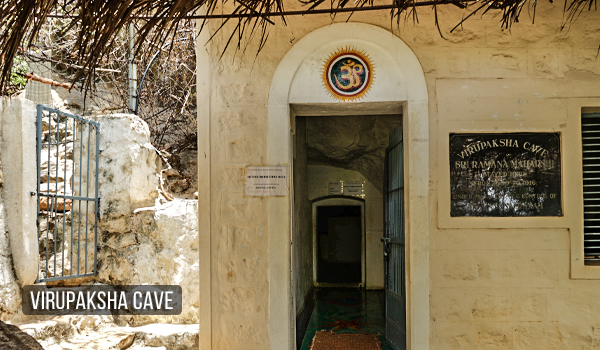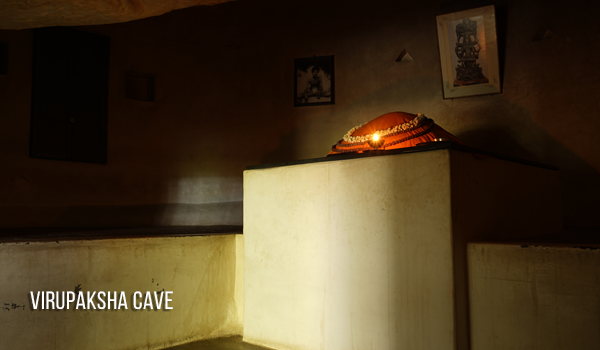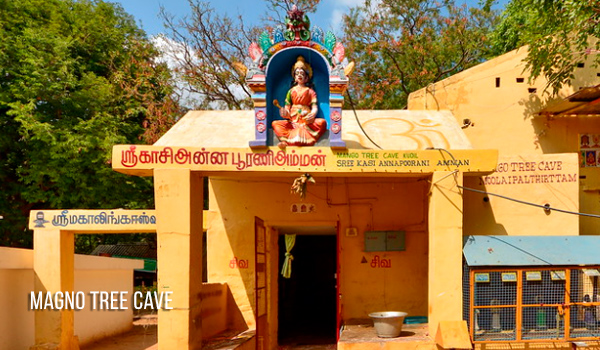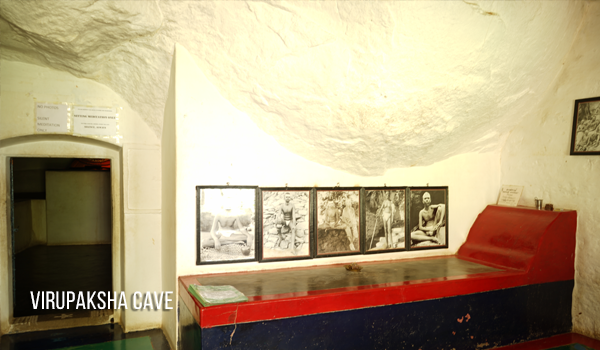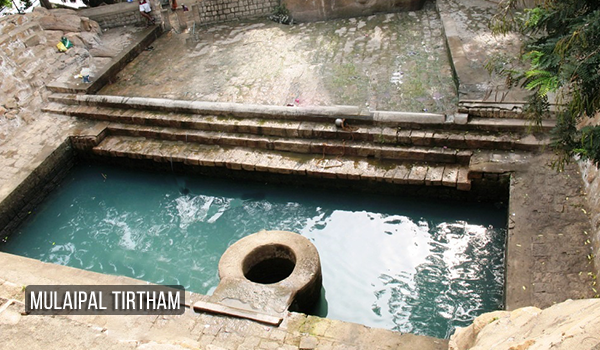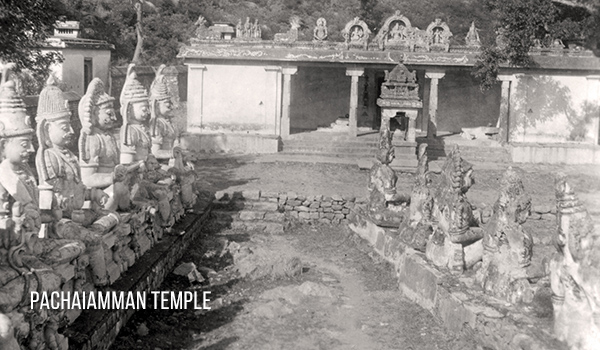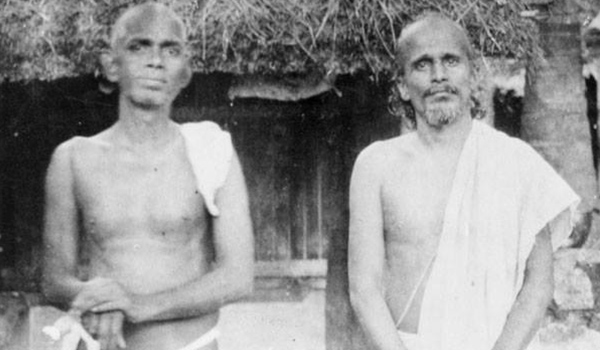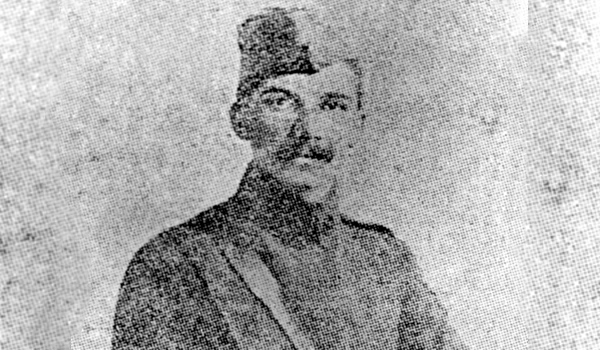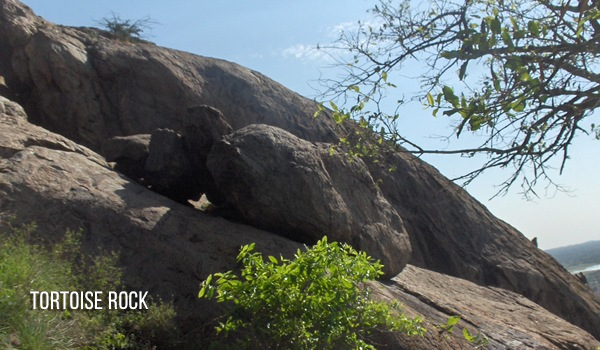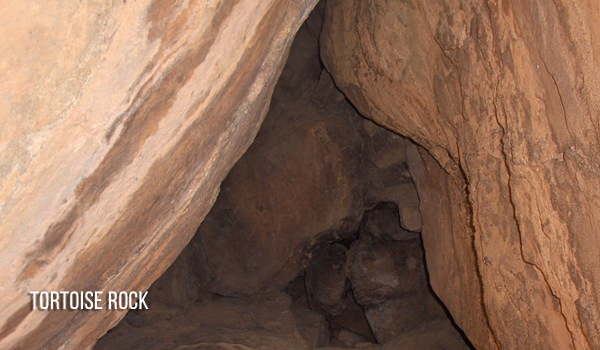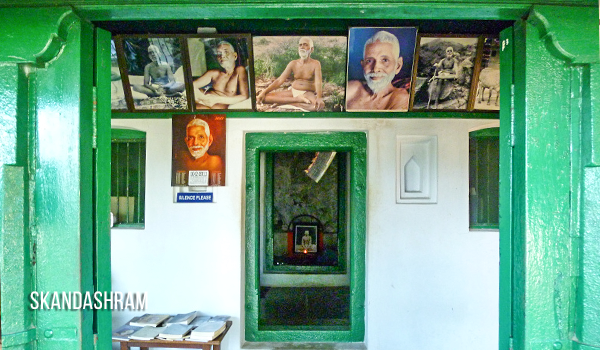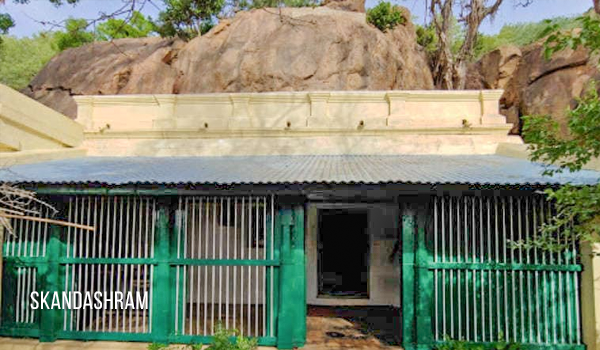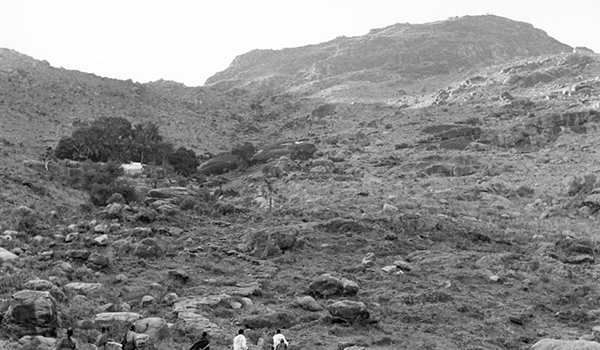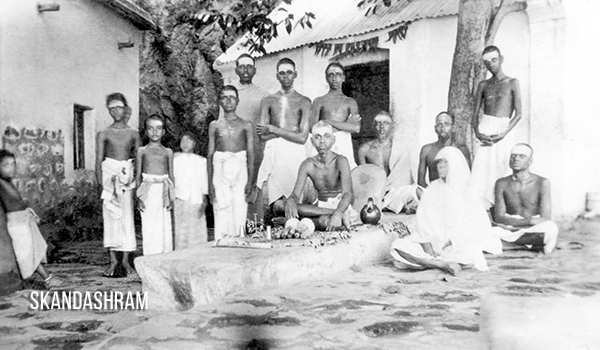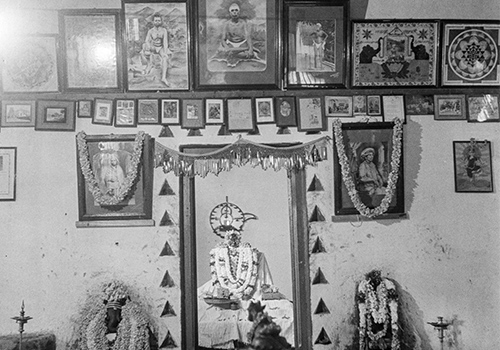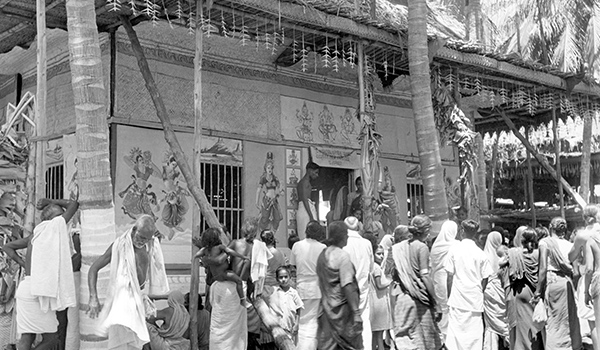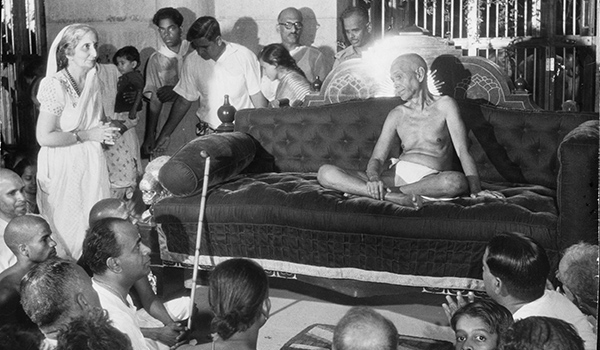Sri Ramana Maharshi Timeline
Timeline of Bhagavan Sri Ramanamaharshi
The deity of the Bhuminatheswara temple of Tiruchuzhi had proceeded through the streets of the town and was about to re-enter the temple. At that moment in the house of Sundaram Aiyar a holy child entered this world. The midwife held the newborn in her arms and witnessed the room suffused with bright white light. The son was given the name of Venkataraman. The hour of his birth was past midnight on December 29, 1879 and hence it was December 30.
Brothers
- Nagaswami (1878-1900)
- Nagasundaram, later known as Niranjanananda or Chinnaswami (1886 – 1953)
Sister
- Alamelu Ammal (1888- 1953)
When Venkataraman was about 6 years old, he was reprimanded mildly for making kites and paper boats from a case-bundle of law-suits. The boy took it to heart and disappeared, and the search for him was fruitless. At the time of puja at the Mother Sri Sahayavalli shrine the priest saw a figure silently seated behind the idol. It was the child Venkataraman.
Moves to Dindigul, after completing elementary education at Tiruchuli. Spent one year in the first form at Dindigul
As the Vaigai river was very near the house where they first lived in West Chittirai Street, Venkataraman and his friends used to bathe in the river daily. But as summer advanced, the water in the river would dry up. Then they would go there in the evenings and excavate small wells in the river bed so that vessels could be dipped into them. They also played about in the sandy river bed.
November: Hears of ‘Arunachala’ mentioned to him by an elderly relative.
In 1896, in mid-July, Venkataraman had the spontaneous Selfrealisation which is termed the first ‘Death Experience’. After this experience, his attitude towards life changed. He only made a pretence of studying, eating etc. His mind, now freed from bondage began to delve deeply into bliss and began to seek solitude. Venkataraman was marking time when he could join his beloved Arunachala.
Venkataraman’s elder brother one day taunted him with words that for one who was like this, why all these i.e., studies etc. It was on Saturday, 29th August, 1896 that Venkataraman realizing the truth behind his brother’s admonition, left his home leaving a note informing the elders that he was proceeding in search of his father. He had entered into a good venture and hence no money be spent or effort made to find him. With this parting note he left Madurai for good. Arunachala’s unseen hands guided the youth to his destination.
- Venkataraman leaves Madurai Junction on the 29th of August
- He reaches Villupuram Junction on the 30th of August
- On the afternoon of 30th August, he reaches Mambalappattu Junction
- Visited the Sri Atulyanateswarar Temple in Araiyaninallur
- Visited the Sri Viratteswar Temple in Kilur
- On August 31, he arrived at Tirukovilur railway station.
- As there was no train till the next morning, he spent the night at the station.
- On the morning of the 1st of September, 1896, he boarded the train to Tiruvannamalai.
- After arriving in Arunachala, he reports to the inner shrine at the great temple, Sri Arunachaleswara, and Mother Sri Apeethakuchamba. Upon leaving the temple, and on his consent to getting his head shaved after being asked by someone, he was led to Ayyankulam Tank and had his head shaved. He threw away all his remaining money into the tank.
- Stays in temple premises within the Thousand-Pillared Hall, in Pathala Linga [underground cellar] south east corner.
- He was completely oblivious when he was bodily carried out of the Pathala Lingam shrine to the Subramanya Shrine. At this time, Seshadri Swami tried to guard him.
- He then stayed in the Gopura Subramanya Shrine for 2 months. Mouna Swami looked after him.
- He then moved to adjoining flower garden and banana grove, and sometimes in the room where large floats were stored.
- He then sat under a large Illupai tree or in the Mangai Pillayar Shrine. Uddandi Nayinar became an attendant.
- February – Moves to the Hill, Arunachala.
- Stays in various caves up the Hill – Satguru Swami Cave [Alamarathu Guhai], Guru Namasivaya Cave for short periods, then to Virupaksha Cave
- Stayed mostly in Virupaksha Cave [lived here for 17 years], using Mango Tree Cave [near Mulaipal Tirtham] as summer residence.
Between 1900 – 1902 – Replies to questions put by Gambiram Seshayya, at Virupaksha Cave. Later published as Self-Enquiry
Answers questions asked by Sivaprakasam Pillai that were later published as Who am I? in 1923.
January to March: stays at Pachaiamman Koil [with Ganapati Muni and others]. Returns to Virupaksha Cave Translates into Tamil prose Adi Sankara’s Vivekachudamani and Drig Drisya Viveka
Offers prayers (songs) to Arunachala for Mother’s recovery from illness
The Song of the Pappadum was written for the sake of the mother. The following were also written during Virupaksha days:
Arunachala Aksharamanamalai, Arunachala Padikam, Arunachala Ashtakam, Translation of Devi Kalottara, Translation of Adi Sankara’s Hymn to Dakshinamurti, Guru Stuti and Hastamalaka Stotra
- Composes Arunachala Pancaratnam in Sanskrit
- Mother settles at Skandashram [In the beginning of 1916, mother came to stay, initially with Echammal]
- Sri Ramana Gita written in Sanskrit by Ganapati Muni [questions put to Sri Bhagavan between December 1913 and August 1917 on different occasions, and his answers]
- May 19, Friday about 8 p.m. – Mother’s Maha Samadhi [Bhagavan kept his right hand on her heart and his left was on her head]
- Jan 3 – Sri Bhagavan’s Jayanti celebrated at Mother’s shrine first time. A week before the Jayanti, Sri Bhagavan came to visit the shrine as usual on his daily walk and stayed on.
26th June about 11:30 p.m. to 2 a.m. – Robbery at the ashram. Bhagavan receives a blow on his left thigh
- Composes Upadesa Sara in Tamil, Telugu, Sanskrit and Malayalam.
- April 24: Composes Atma Vidya (Self Knowledge).
Composes Ulladu Narpadu (Forty Verses on Reality) in Tamil and Malayalam (Sat Darshanam).
Sat Darshanam in Sanskrit (translated from Tamil by Ganapati Muni)
Translated into Tamil the Agama: Sarvajnanotharam – Atma Sakshatkara.
Translates Sri Ramana Gita into Malayalam
September 1, Thursday: Foundation laid by Bhagavan for the Matrubhuteswara Temple.
Selects 42 verses from The Bhagavad Gita (now entitled The Song Celestial) and translates them into Tamil and Malayalam.
- September 1 – Golden Jubilee Celebration of Bhagavan’s arrival in Arunachala.
- New Hall in front of Sri Mathrubhuteswara Temple construction.
February: Composes Ekatma Panchakam in Telugu and Tamil
- March 14 – The brief ceremony was over by 9 p.m., when Maharshi was taken to open the new big Hall attached to the temple. Being too weak to turn the colossal key of the door, the young stapati turned it for him. He was taken directly to the inner temple and helped over the short flight of steps and made to touch the stone Sri Chakra, which stands immediately behind the lingam, as the symbol of the Creative Power latent in the Formless Spirit (Chit). He was then taken out and made to sit for the first time on the stone couch in the new temple hall, which was covered with red velvet cushions.
- March 17, Thursday – Kumbhabhishekam of Mathrubhuteswara Temple in the presence of Bhagavan
- June 1 – new hall [adjoining Mother’s temple] declared open
April 14, Friday: Brahma Nirvana of Bhagavan at 8-47 p.m. At that moment a shooting star, vividly luminous, coming from the South (the present Nirvana Room) and moving slowly northward across the sky and disappearing behind the peak of Arunachala was observed by many in various parts of India.


